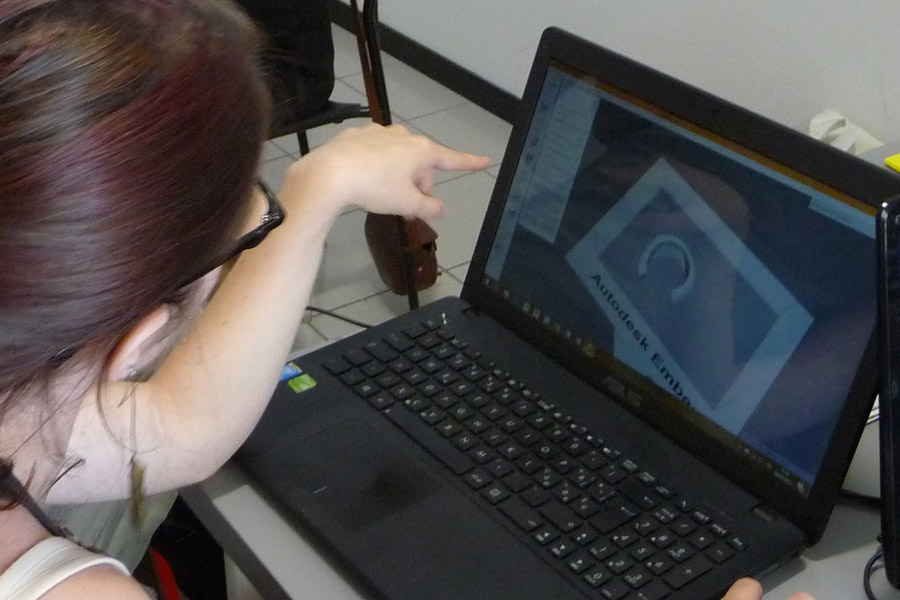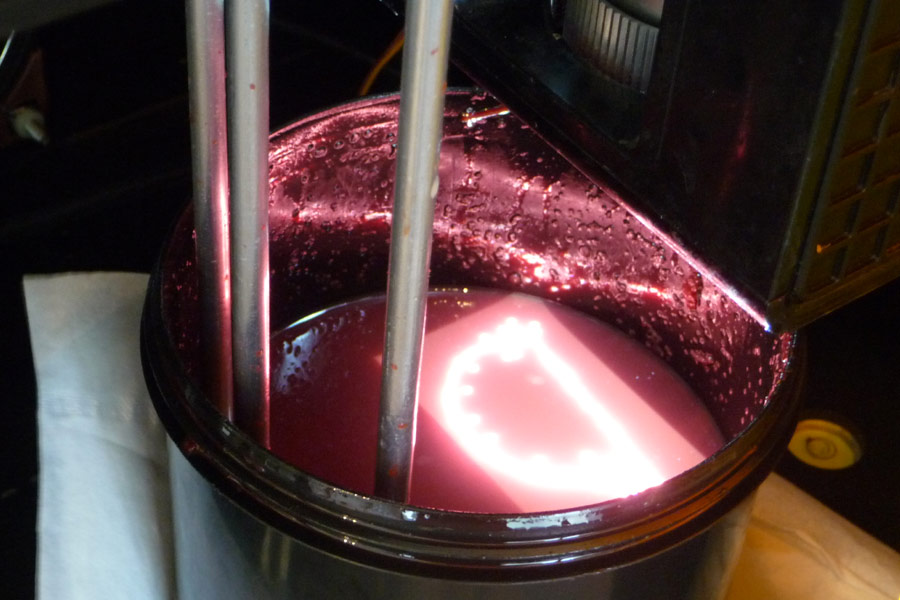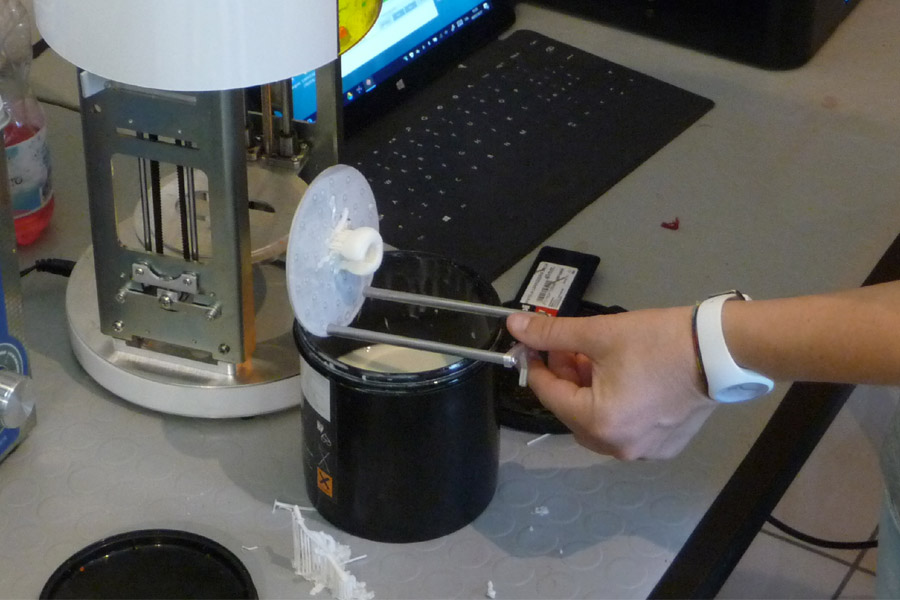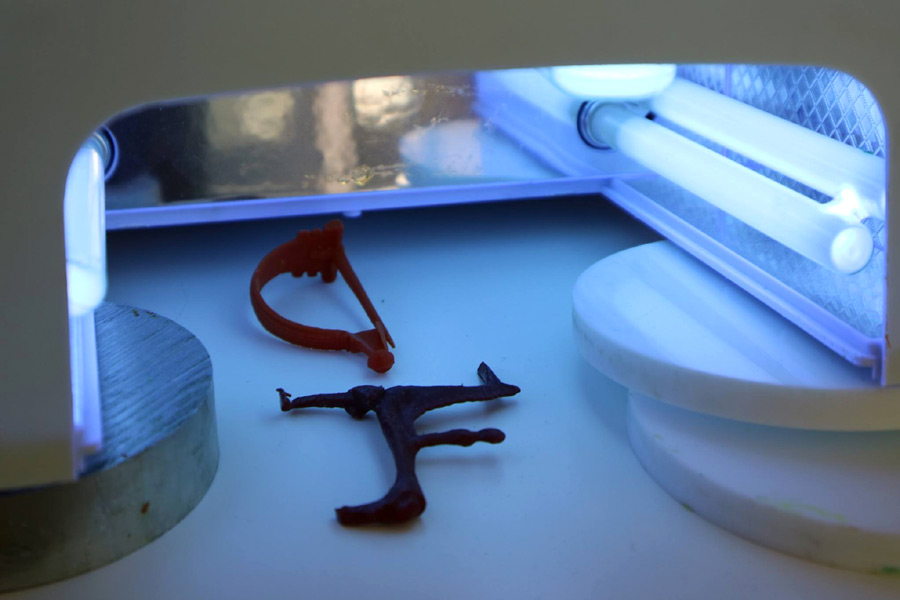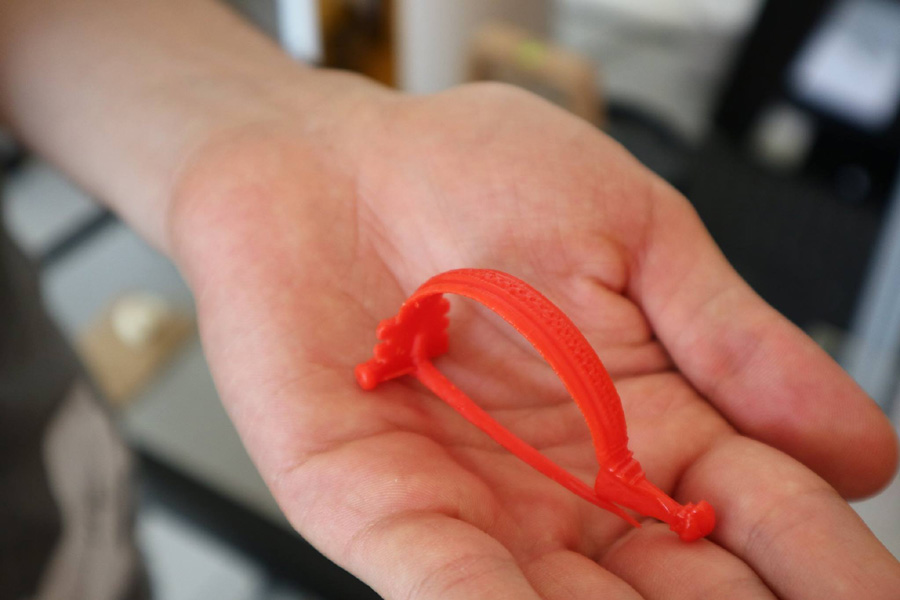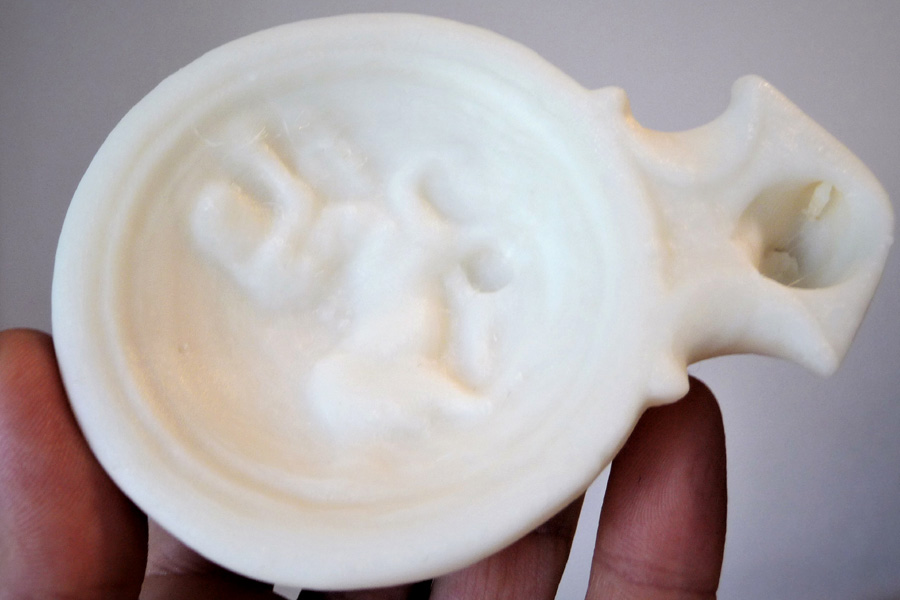“This is one of those moments when technology changes what a museum can be.”
The new digital technologies, to which 3D printing belongs, are processes that lead to the creation of a physical object starting from a digital file (2D or, more often, 3D). They are creating new opportunities and new tools for those working in the archaeological, artistic and historical field. In particular, 3D scanning and 3D printing technologies have introduced great innovations in the field of preservation, development and disclosure of our heritage. The technologies involved in these fields are: 3D scanning, modelling, and printing. These technologies allow us to:
- Archive any type of archaeological finds or artwork, even though they are irretrievably lost, thanks to the scanning and subsequent creation of a 3D model.
- Virtually restore, rebuilding missing parts only in a digital way or directly with reproduction of missing parts, thanks to 3D modelling.
- Provide greater accessibility to works and finds with tactile path for disabled, such as blind and visually impaired, or to create more interactive tours for children and adults. And in these cases, 3D printing can revolutionize the enjoyment of works of art, giving it a tactile dimension and returning to the archaeological and historical-artistic heritage, a new life.
In these field, we are collaborating since long time with 3D Archeolab to Makars: the first Digital Fabrication School in Italy for cultural heritage preservation and development. A theoretical-practical course to acquire important skills in a simple but effective way an bring new digital technologies in the field of valorisation and conservation of cultural heritage. In July 2017 together with 3D Archeolab, in collaboration with Comune di Montebelluna, and Museo di Storia Naturale e Archeologia, and with the support of Soprintendenza Archeologia, Belle Arti e Paesaggio per l’area metropolitana di Venezia e le province di Βelluno, Padova e Treviso, we organized the first MAKARS SUMMER SCHOOL in Veneto region: an intense week of study and practice on the field to learn the rudiments of the two 3D detection techniques: photogrammetry and 3D scanning, 3D modelling and 3D model optimization, 3D printing.
You can read here the diary of this experience here:
MAKARS SUMMER SCHOOL VOL.I - Introduction to 3D relief
MAKARS SUMMER SCHOOL VOL. II - 3D relief on the field with photogrammetry and 3D scanning
MAKARS SUMMER SCHOOL VOL.III - 3D models optimization and online publication
MAKARS SUMMER SCHOOL VOL. IV - Filament and resin based 3D printing
